Transforming Harm Reduction Programs with Data and Collaboration
Introduction
Harm Reduction programs are an essential component of public health initiatives aimed at reducing the negative consequences associated with risky behaviors. Despite such programs' availability, the success of harm reduction efforts has been hampered by challenges such as insufficient funding, inadequate staffing, and a lack of effective tools to support data collection and analysis.
Using Technology to Improve Harm Reduction Outcomes:
The digital age has brought about a revolutionary change in the way public health promotes harm reduction strategies. By harnessing the power of technology, public health officials can collect and analyze data in a more efficient and automated manner to identify areas with high rates of drug overdoses and other negative health outcomes. With this information, they can better target outreach and engagement activities to reach underserved and marginalized populations in these areas.
By leveraging data insights, agencies can now easily identify areas with high rates of drug overdoses, as well as underserved and marginalized populations. Furthermore, technology can aid in targeting outreach and engagement activities by providing educational resources to individuals, enabling them to make informed decisions about their health and well-being. These resources can be tailored to specific communities and demographics, thereby enhancing the effectiveness of interventions.
Timely Access to Supplies and Services:
To keep such individuals away from harm it is essential to provide timely supplies and services such syringes, Naloxone, Fentanyl strips, condoms, testing, etc. Current manual processes can impede the delivery of harm reduction services, potentially jeopardizing the lives and well-being of members of the community. By identifying and targeting high-risk individuals, technology allows increased and timely reach to deliver services and supplies to such individuals and potentially reducing harm they may do themselves or others.
Addressing Reporting Requirements:
The power of technology can also help address some of the biggest challenges faced by harm reduction professionals, such as increased reporting requirements from program funders. By automating reporting and data collection, public health agencies can save time and resources while ensuring that the necessary data is collected and reported accurately. This increase in efficiency allows Harm Reduction teams to extend their reach even deeper into the community.
Conclusion:
By effectively delivering services and collecting accurate data in a timely manner, public health agencies can improve their outreach and engagement activities and provide harm reduction services that meet the community's needs. The use of technology in public health initiatives offers significant benefits, particularly in promoting harm reduction strategies. It's time for public health professionals to embrace the power of technology and automation to unlock its potential to create a healthier, safer society for all. While technology cannot provide every solution, it can certainly enable harm reduction teams to work more efficiently and engage more directly with the community.

